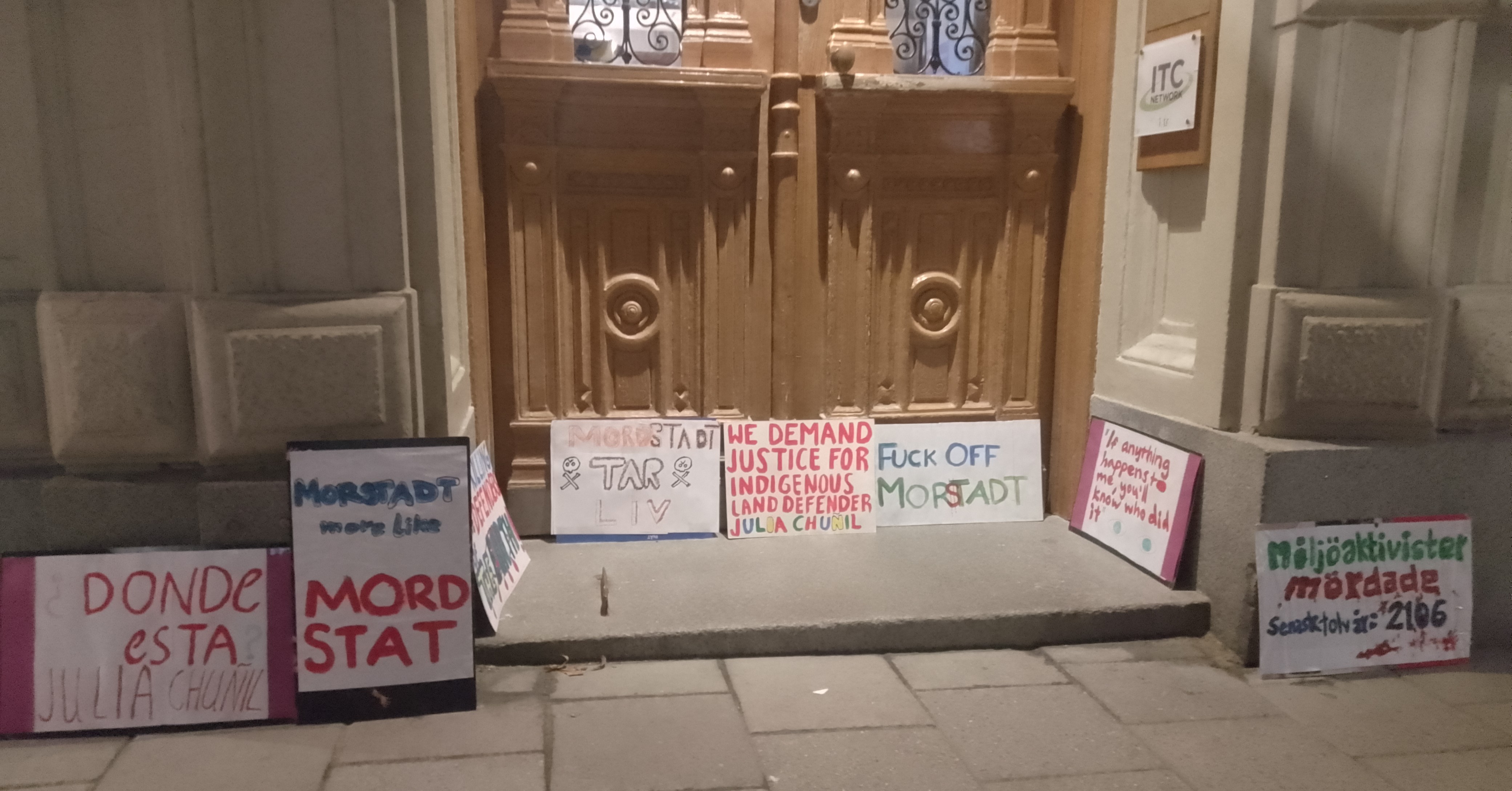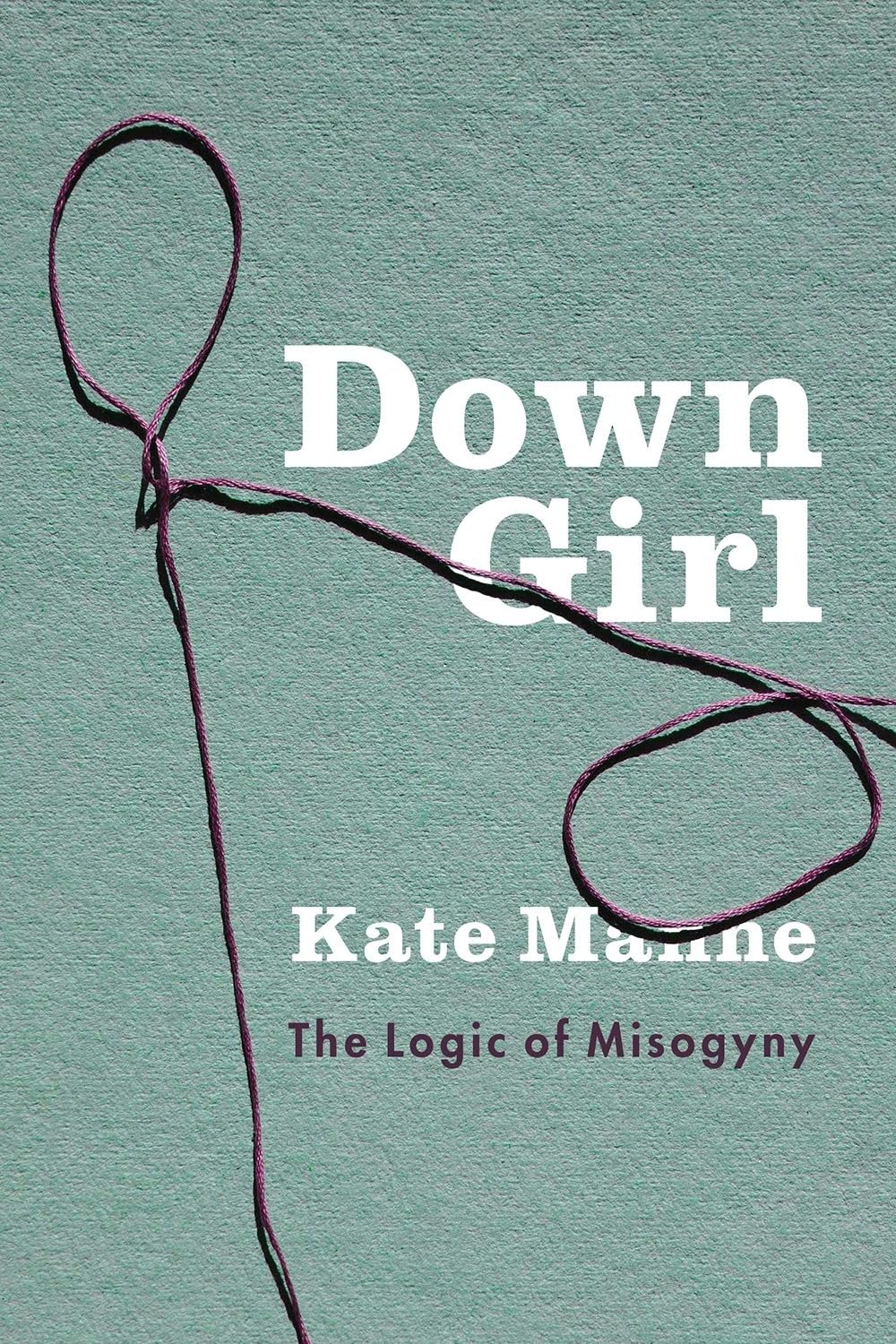Book report: Down Girl - The Logic of Misogyny (Kate Manne)
What is misogyny, and how should we understand it? Kate Manne argues for a systemic view of the phenomenon in her book “Down Girl”. She painstakingly describes the many levels on which misogyny plays out, from ridiculous centuries-old regulations about who gets to walk on the grass in universities, to modern relational violence, as well as the media perception of female politicians, and how some men get unexpextedly lenient sentences after having committed violent crimes. But it’s far from a boring, academic-only book - Manne’s argumentation is driven by real-life events from current memory.
Misogyny is described as a self-masking phenomenon. If a woman should complain she is treated unfairly, she’s punished for even doing that when misogyny is at play. And that means the problem is largely invisible. I see parallells to the climate crisishere. My mom often says: “If it’s that bad with the climate, shouldn’t there be more information about it [in public places, e.g. subway ads]?” What we have is a systematic silencing of the climate emergency orchestrated by several actors who benefit from things continuing as usual. Don’t take my word for it - Naomi Oreskes makes the case very well in “Merchants of Doubt”.
A second parallell is to be found between the very role as a climate activist, or even more so, the indigenous people who advocate for themselves, and Manne’s description of the victim role. Is being a victim something passive? Women have many reasons to not raise accusations against their rapists, for example. There is fear of a traumatic trial, or of revenge. So you could wonder why they ever bother (writes Manne). They reason why, she argues, might have to do with an act of reclaiming their agency, and with solidarity with possible future victims. But society has high expectations on a victim! The victim must be spotless, not faulty in any way, lest they quickly become the object of disproportional suspicion. Taking on this role then is an act of resistance: it is going through the necessary motions to make an injustice visible, and force the responsible part to face certain consequences. The parallell is this: human rights defenders have every reason to not do what they do, and are frequently ridiculed. The act of taking this ridicule upon yourself, and still go through with it, is an act of resistance, and sometimes it’s the only piece of agency left.

And here’s a specific example: I participated in a protest outside the chilean embassy last week, where we demanded the Chilean govenmnernment to investigate the disappearance of mapuche environmental activist Julia Chuñil. Julia has likely been abducted and killed. While we were chanting outside the embassy on Drottninggatan, a middle-aged man passes us by and complains that we are disturbing the peace on the street. What do you think about the whole situation?
Finally - how should anyone relate to a violent, omnipresent phenomenon that makes it self invisible, in which so many of one’s closest perpetuate? The book offers no answers, and we are left with this question. I only think of the people in history who we describe as heroes. Those who sacrifices themselves to various degrees, without any assurance of success, for others’ sake. Raoul Wlallenberg, Maximilian Kolbe, or Rosa Parks. I make the point again and again that they were actinv against their surroundings’ opinion, for a better future. I hope to also be able to do that.
